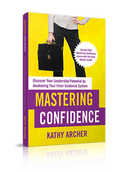Understanding Pre-Meeting AnxietyIf you are a nonprofit leader and have a tough meeting coming up, you will want to feel empowered going into it. Tune into Sandra's story to build your confidence going into challenging conversations! Sandra's Story: Facing the Fear of a Tough MeetingWhen Sandra came to our coaching call, she was preparing for a meeting with the Executive Director about her performance. Sandra was dreading the meeting. She knew her boss would make her feel stupid, small and even scared.
But that's not how Sandra anticipated the meeting was really going to go down! Sandra knew she would feel attacked by her bossSandra knows that "help" from her boss is typically in the form of them pointing out:
Sandra's anxious thoughts were almost out of controlEver since Sandra's boss had scheduled the meeting, Sandra had been rolling around the worst-case scenario in her mind. She imagined being fired on the spot, being raked over the coals and being belittled, berated and bullied. Hence, the knot in her stomach! Sandra had a history of not feeling supported by her bossIt's no wonder Sandra was dreading the meeting! Past meetings had not gone well. Most of what Sandra feared had happened in the past.
It was time for Sandra to change her perspectiveJust because that is how Sandra's ED has communicated in the past does not mean that Sandra has to believe it means she is incompetent or not cut out for leadership. Sandra can choose to pick between the well-intentioned but still hurtful comments and find out what's valuable in between those comments. Sandra took back control of her thoughtsWhether it is this conversation with her boss or another, Sandra gets to decide how she will proactively continue to grow and develop in her nonprofit leadership role. Shifting Your Mindset for ConfidenceSandra enlists the support of her nonprofit coachSandra brought this upcoming conversation to our coaching call. In past coaching sessions, we'd already talked about mindsets, perspectives and lenses, so she knew her mindset mattered most! To plan to feel more confident in the upcoming conversation, we took a look at the kinds of messages Sandra's boss might share:
The Power of Perspective: Changing Your MindsetLeadership MINDSET # 1If Sandra chose to see herself as flawed, she would take these kinds of comments to heart. Imposter Syndrome would take over, and the knot in her stomach would grow to a tightening in her chest. Sandra could see how her thoughts could snowball:
Leadership MINDSET #2 (THE BETTER OPTION)I invited Sandra to PAUSE, and take a breath. I asked what might happen if she chose to hear the messages differently. Sandra PONDERed and considered the comments above and then what else might be true:
Mindset # 2 helps Sandra feel more confidentSandra then used curiosity to PIVOT to new thoughts:
Instead of feeling beaten down by taking time to move through the Inner Guidance Cycle, Sandra felt back in control. She was ready to take the core of the feedback (too much overtime) and hear it for what it is—Feedback. Believing in Your Potential: The Foundation of ConfidenceHow does this help Sandra remove the knot in her stomach before the meeting?By knowing she has control of her thoughts, choosing how to hear messages and intentionally choosing not to take things personally in the meeting but focus on the content, Sandra lessened the emotional charge going into the meeting. When Sandra chooses her thoughts, she feels her confidence soar!I reminded Sandra that feeling confident in a meeting isn't about what someone else says or thinks. Sandra smiled and nodded. She's been reading Mastering Confidence. I know, she said, it's what I believe. How confident you FEEL starts with what you BELIEVE.What you believe about yourself is what matters most. I asked Sandra:
I reminded Sandra that if she believes those things, the tone with which her boss shares those messages in that meeting is less relevant than the content and what she chooses to hear, believe and take action on. Creating an If/Then Plan for ComposurePreparing for Triggers: Sandra's If/Then StrategyWhile feeling more confident, Sandra was still worried about being triggered and losing composure in the meeting. Sandra wanted to prepare to stay composed in her talk with her ED. She'd recently reviewed the webinar: How to Prepare for a Tough Talk so you can handle it with integrity in The Training Library. She'd learned the power of being prepared for getting triggered with If/Then plans. She asked if I could help her prepare an If/Then plan in case she got triggered. Sandra already knew what kind of comments might trigger her and cause her to lose her composure.
We prepared her If/Then plan and she practiced saying her response.
Now, the knots have turned to butterfliesSandra was still nervous but felt way more confident and in control of her responses! She messaged me later and said the meeting was still hard, but she left feeling in control of herself, her responses and her future. What's Next? Taking Charge of Your Leadership JourneyWill you do what Sandra did? If you want to ditch the knot in your stomach before your next uncomfortable meeting, then you need to get ahold of your thoughts and emotions before you go into the meeting. You need to create a mindset that allows you to take back power, your personal power. That way, you will be able to respond in a way that makes you feel empowered, and you'll be able to handle your meeting more confidently, too! ❗️❗️VERY IMPORTANT NOTE❗️❗️
I am not condoning bullying or harassing behaviour. If that happens, you must decide how to address it, find mental health support, and/or change jobs. There is no one-size-fits-all plan for how you will deal with it. Just know that you have options if your workplace is not psychologically safe. Check your policy manual for direction on what to do within your organization. Online resources
You may also find these podcast episodes helpful.
0 Comments
If you are like most leaders, you've been here: You have a precious break in the day, so you look at your endless to-do list. All tasks seem important, but you scan the list, looking for the priority items you can knock off in a few minutes. As you glance at each item, you make a mental note:
Your to-do list is like an emotional roller coaster In the time it takes to scan down the list, your emotions move from overwhelmed to anxious, then annoyed and doubtful, ending with discouraged. Pushing the to-do list aside, you begin scrolling through your inbox without realizing you've avoided doing anything on the list and, as a result, get further behind and more disheartened 😩 I get it. I've been there many, many times too! In fact, if you are like most leaders, you have a lengthy to-do list that haunts you into the wee hours of the morning and, honestly, will never get done. But why is it that we will never get through our to-do list? 💥The reason your to-do list will never get done is twofold REASON # 1 First, it's a disorganized list that is more of a holding place than a completion place.
REASON # 2 Second, we look at the list as items that need time to be completed, and we blame lack of time as the enemy 😡 ⏰ It's way more complicated than just not enough time. For example, look at your to-do list and consider:
Without taking all of that into consideration, our to-do list becomes an impossible challenge, and time becomes the enemy. But time is getting a bad rap. ❌ It's not ⏳ time's fault. The time available to complete tasks is only one small factor in managing our to-do list. There are other things to consider. Below are three steps to help you manage your to-do list with much greater success👇🏻 QUESTION: How do I get done, what matters on my to-do list? ANSWER: You create order and awareness. 1) First, start by prioritizing your to-do list into some semblance of order That way, your to-do list can become a tool working for you instead of a threat against you. 2) Next, let go of inappropriate expectations of your to-do list You change expectations of your to-do list by shifting your mindset from believing your to-do list is a list of things that need doing to a holding place for projects and tasks.
3) Finally, move a few key items to each day's agenda, plan or priorities When you only have three things to get done each day, you will check them off with greater speed and satisfaction.
But we are still overlooking something That covers the tactical side of getting through your to-do list. But there is something bigger that needs addressing. 🐘 The elephant in the room is the emotions you felt when you scanned the list.
Your emotions play a big role in productivity Many of us are unaware of our feelings, let alone how our emotions affect our productivity. We can choose our responses better by slowing down and getting a better awareness of what we are experiencing and how our emotions distract us from getting done what matters most. If you want more help with this, read this next: Why Your Emotions Are Sabotaging Your Productivity If you've been meaning to
NOW is the time to plan HOW you will do that 👆🏻 growth.
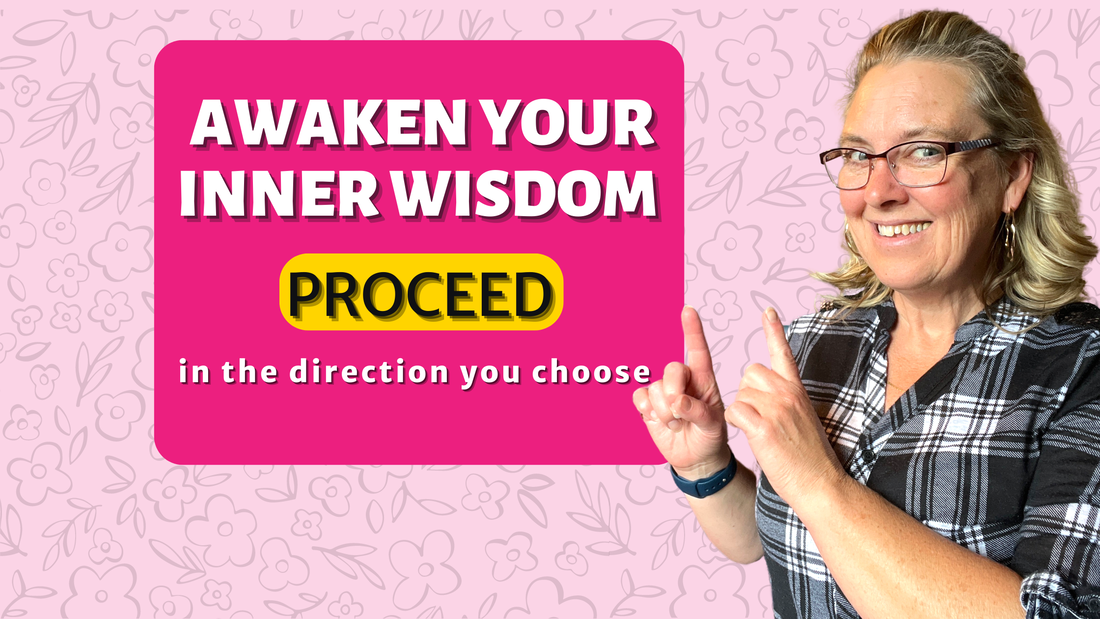
How nonprofit leaders can lead with courage and confidence
In the last few weeks, we've been diving into the steps of The Inner Guidance Cycle. You may have made some realizations and know it's time to take action, but...
Confident leaders keep moving As you build your leadership confidence, you'll need to continue to move forward despite challenges. That level of confidence comes from mastering your thoughts when things get rough. It's when you dare to make a decision, communicate it and move on. When you learn to master your inner chatter, you'll set boundaries, speak up and open up hard conversations, even though it would be easier not to do those things. The way to move forward, even when it's uncomfortable, is to follow the steps of the Inner Guidance Cycle. When you connect to your inner wisdom or Inner Guidance System, managing your thinking is more doable. Thus, taking action is more even when you would rather not but know you should, is more doable. Inner Guidance Cycle To help you manage your thoughts, I've been teaching you to use the Inner Guidance Cycle.
Accessing your inner guide can help
When you follow the steps of the Inner Guidance Cycle, the final step is to PROCEED. However, getting back into motion after pausing, pondering and pivoting can often be the hardest step.
Q.Why is taking action the hardest step?
First, you've paused and then pondered
Something has happened, and you know you need to get ahold of your thoughts before they drag you off to the land of doubt, frustration or shutting down. So you PAUSE, step back and become more mindful of what is happening. Pausing allowed you to move to the next step and PONDER. When you ponder, you begin to notice what has been going on around you and inside of you. You examine your thoughts, feelings and body sensations. Reflecting on your inner and outer experiences gives you insights. By pausing and pondering, you are awakening your inner guide or your Inner Guidance System. A little shift now by pivoting your perspective By awakening that Inner Guidance System, you evaluate your thoughts. Insights, ah-has and a willingness to examine thoughts, beliefs and judgements often shift your thoughts, views or opinions. That takes you to step 3 of the Inner Guidance Cycle; PIVOT. Pivoting means seeing things in a different way When you have new perspectives, you often need to change, turn or pivot how you handle things. As a result, you feel prompted to take different actions or respond in a way you usually wouldn't. Alternatively, a new way of seeing things may lead you to inaction where you had previously planned to act. That new action or inaction may contradict what you are used to doing. It may also be far from what those around you are accustomed to expecting from you. That could be uncomfortable for you and them. Think about how it feels to:
Discomfort can be paralyzing Even though you may have gotten to the point where you need to do something differently, doing it differently is a whole different beast! So insert step # 4 - PROCEED. ? AKA - having the courage to proceed. All of the examples above can be very uncomfortable. Discomfort can paralyze us. We freeze, not wanting to go to the next step. So, it feels better to stay right where we are. It does until you look at what staying here means. The deception of our comfort zone Staying here, in our comfort zone, isn't really all that comfy. No, it actually sucks. For many of us, our comfort zone means we've given in, blended in or conformed. It feels a bit like defeat! Settling for the mediocre life, the ok job, or the tolerable work environment isn't comfortable. It's painful. And not addressing staff issues, continuing to work way too many hours and being too embarrassed to ask or help are anything but comfortable. Dealing with the pain of the comfort zone The problem is we don't usually deal with the pain of the comfort zone in healthy ways. Instead, we numb the pain and try to pretend it's ok. So we:
Numbing the pain keeps you from experiencing pain in the moment. But the discomfort is still there. We've just masked it. Change is necessary The bigger problem is that you are not reaching your full potential as a leader by staying in your comfort zone. No one ever changed the world by living in their comfort zone. No one ever grew, developed, or achieved anything by numbing the pain and playing safe. Organizations don't make a big difference in the lives of their clients by playing it safe. Instead, change is made when we get out of our comfort zone. Getting back into motion: Proceed The answer... To grow your leadership, enjoy your job, and live a full life, you must move forward instead of continuing to play it safe.
Q: Why is taking action the hardest step?
A: Moving forward moves you to a place of discomfort. Proceed forward. It's time to get back into action and PROCEED by doing the right but uncomfortable thing.
Two strategies to make proceeding easier? Strategy # 1 - Start with courageConfidence begins with courage. To become more confident in yourself, you need to be more courageous. Courage and confidence go hand in hand.
Each time you take a courageous act, your confidence soars. Each time your confidence rises, you feel more courage to try different things. Having courage and confidence gives you the elements to survive and thrive in leadership and life.
?Strategy # 2 - Get the momentum goingAn object at rest stays at rest. Conversely, an object in motion stays in motion. Therefore if you want to move back into action, you have to get the ball rolling.
One way to make this easier is to break it down into tiny steps and identify the first next step, and then proceed by taking that step. For example: You may have realized you DO need to have THAT conversation.
Pause, ponder, pivot and then proceed forward
|
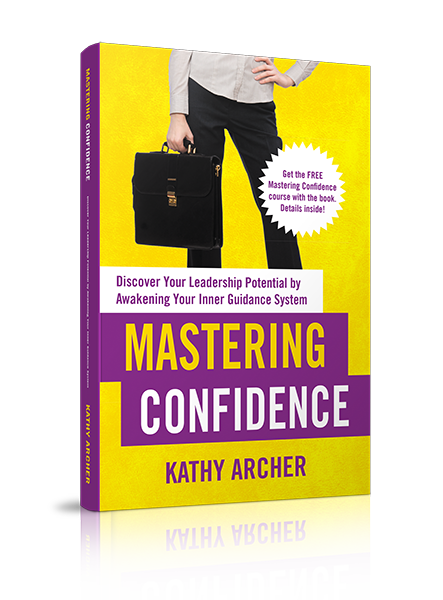
Available on Amazon
Archives
May 2024
|
|
Leadership TRAINING for Nonprofit Leaders
Become a confident and competent nonprofit Leader: Join The Training Library membership Executive and Leadership COACHING Leadership Coaching for Nonprofit Executives, Leaders and ManagerCoaching |
PODCAST for Nonprofit Leaders
The Surviving to Thriving podcast: Strategies, systems and support to lead your nonprofit with confidence FREE RESOURCES to Grow your Leadership Skills Free Leadership Training Resources, Worksheets and Templates |
Become a CONFIDENT LEADER
|


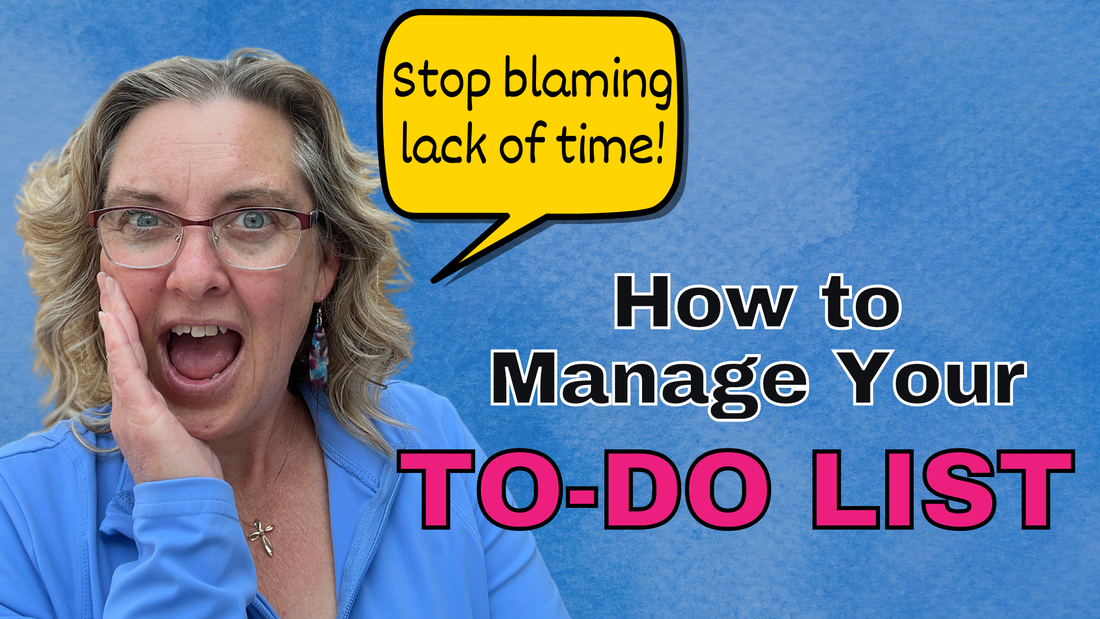
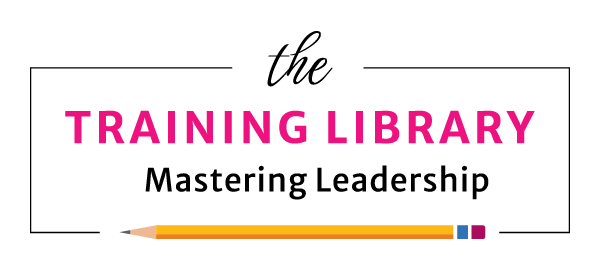
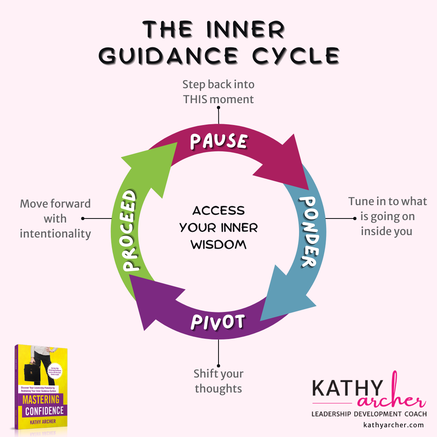
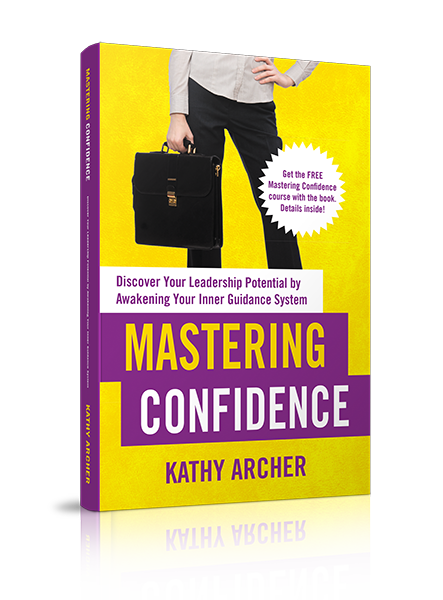
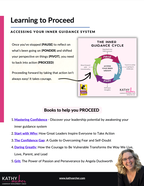

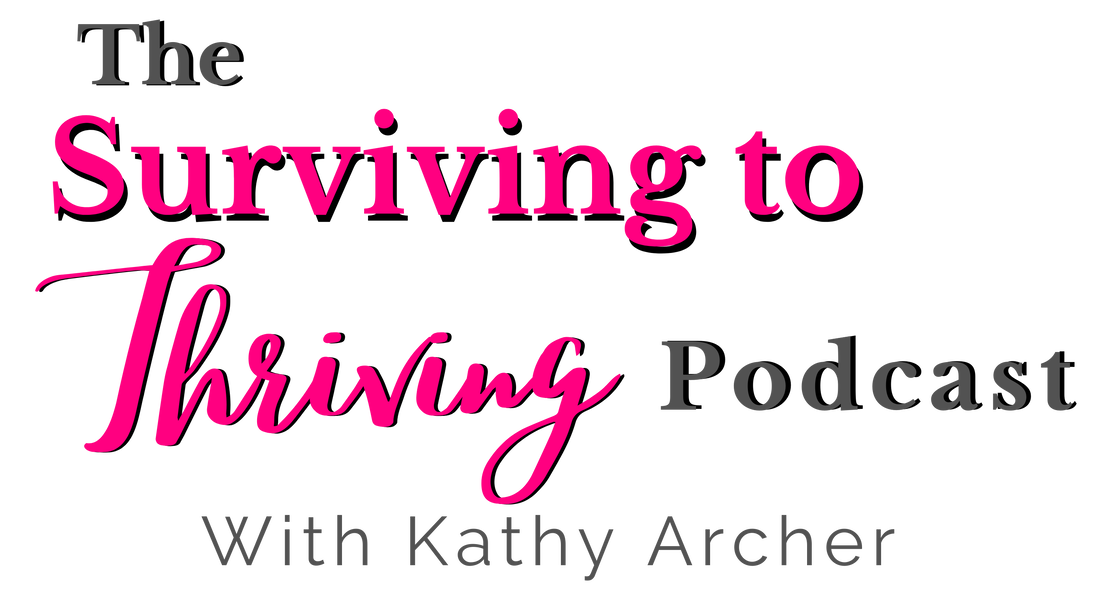
 RSS Feed
RSS Feed
